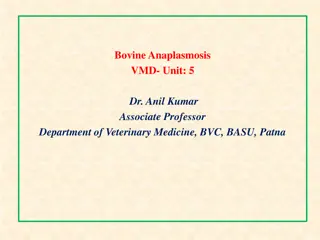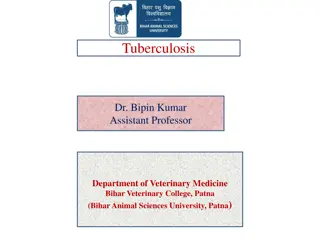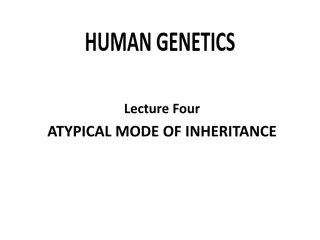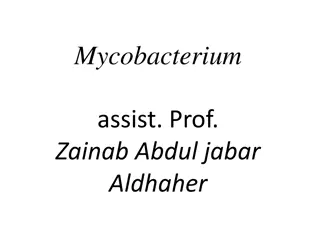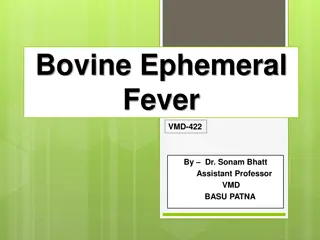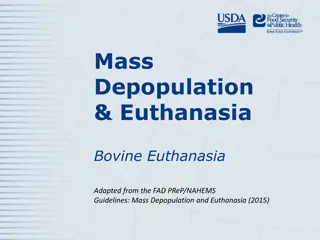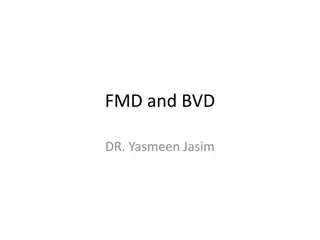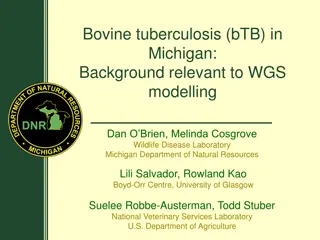Understanding Mycobacteria: Human TB, Bovine TB, and Atypical Mycobacteria
The article explores characteristics and differences between Human TB, Bovine TB, and Atypical Mycobacteria, discussing their growth, biochemical reactions, pathogenicity, and disease manifestations. Additionally, it highlights the properties of Mycobacterium leprae, emphasizing its unique morphology and animal pathogenicity. The images provided offer visual aids for better understanding these microbial entities and their implications in disease.
Download Presentation

Please find below an Image/Link to download the presentation.
The content on the website is provided AS IS for your information and personal use only. It may not be sold, licensed, or shared on other websites without obtaining consent from the author. Download presentation by click this link. If you encounter any issues during the download, it is possible that the publisher has removed the file from their server.
E N D
Presentation Transcript
Human TB Bovine TB Disease TB in human Animal & human Smear Lon and thin Short &thick Culture by L-J media with addition of glycerol Rich and confluent improved by glycerol Poor and discrete not improved Biochemical Reaction Nitrate reduction Niacin production +ve +ve Animal inoculation G.Pigs Rabbit + Local lesion and no death +++ generalised lesion lead to death
Atypical mycobacterim Atypical because:grow on ordinary media- produce pigment-longer and some time called filamentous Apportunistic M: cause disease only when immunity decreased Tuberculoid Mprodce TB like disease (pulmonary + lymphadenitis) called mycobacteriosis which is not tuberculosis and in many instance they are pulomary infection and there is no person to person transmision
Difference bet. MBT &Atypical MB Resist decolorization with 5% acid not 20% ( in GROUP IV decolorized by alcohol and can be stained by gram stain and grow within 2 days) Longer and filamentous Grow slower (except p IV)Give usually pigmented smooth growth (Except GP III) Non pathogenic to guiana pigs Resist TB drugs No person to person transmission but from environment
M. Lepre Morphology Stained by modified ZN stain (acid fast 5%& alcohol fast) Appear as pink bacilli arranged in groups and present it is intracellular MO. Not cultured by ordinary media Animal pathogenicity :injected to armadillo (foot pad) granuloma at site of injection




